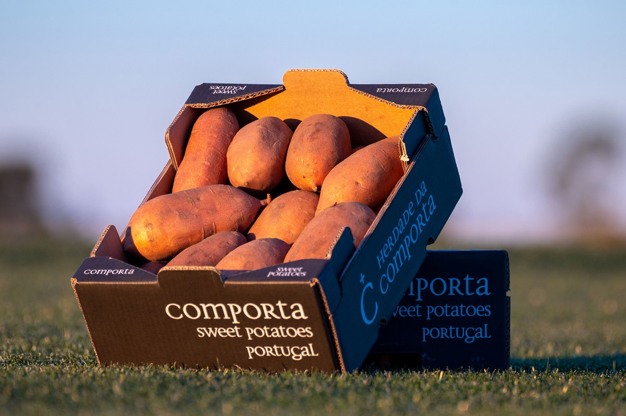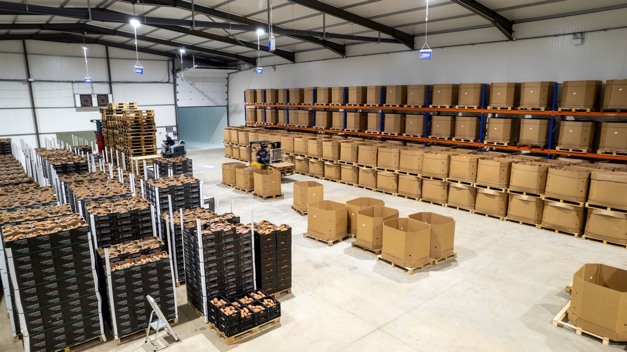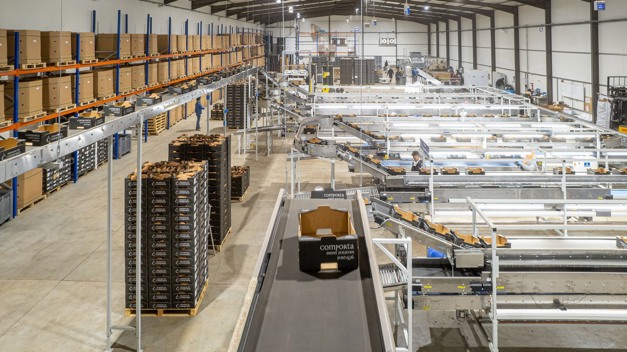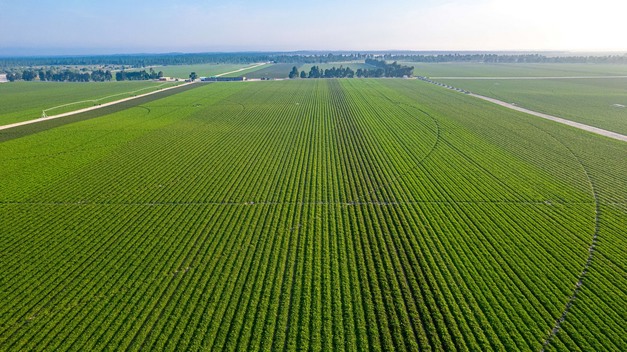Data shows that the European sweet potato production has been increasing every year for the last ten years. Currently, the total European production is around 100,000 tons, but 90% of this production is in Iberia (Portugal and Spain), which limits the competitive landscape to these two countries. According to Luis Santos, CFO of Portuguese sweet potato exporter Herdade Da Comporta, France, Netherlands, Germany and even the UK have made some efforts to grow sweet potatoes but quality and yields are unattractive and not comparable to Iberia to scale up.

Santos states that they did see a reduction in Spanish production last year. “The lower Spanish production was due to reasons such as Egypt competitive prices, water scarcity and problems with product quality. Also the fact that in Spain most of the prominent players are cooperatives for whom it is harder to get a homogenous product. Such European production context has been one of the drivers for us to keep increasing our production of sweet potatoes. This year we’re producing 20,000 tons of sweet potatoes, which places us as the number one European producer of sweet potatoes. We benefit from the 1,000 hectares of agriculture land we can explore, a secure water supply system and privileged climacteric conditions, alongside a high expertise on the entire production value chain.”
Although the increase of production is slowing down as of late, Santos explains that production is actually still growing, albeit on a slower pace: “European consumption almost doubled between 2015 and 2020, and has been growing at a slower pace since then. Still we don’t see any force pointing at a reduction in consumption. The unique nutrition attributes of sweet potatoes make it an appealing vegetable comparing to substitutes, aligned with the ‘Healthy’ trend but also more appealing in price, in comparison with alternative vegetables which price soared recently, such as white potatoes.”

Herdade Da Comporta has its focus on increasing their market share rather than increasing consumption among consumers to increase the pool. “Nevertheless, the growth of the European market is not a point of concern for us at the moment, as we aim to gain market share in the current consumption pool. We value the fact that our product lasts longer on the shelf than most competitors and has a good visual effect is also a motive for increasing consumption. In some times of the year, you can see product of extreme bad quality in the supermarkets, and that has a direct negative impact in the consumption,” Santos states.
Part of the sweet potato production is used in the processing industry, but the amount of product sent to the industry is different every year, Santos explains. “The percentage of sweet potatoes that is sent for processing purposes has been changing every year, and we don’t have a percentage we aim nor stick to, not just for fries, but also for frozen products and baby food. There are two ways to approach the industry: as a route for low category product, or as a route to better value. We try to work on both, as the industry has been paying better than some distributors, and value the unique characteristics of a clean product like ours, which has no pesticides nor herbicides. This is highly valorised by players that cannot risk having a food safety issue.”

According to Santos, the Portuguese sweet potatoes have several advantages compared to the competition: “In our conversations with European distributors and industrials, we highlight six advantages our product has. First of these advantages is our price. We can be extremely more competitive compared to the US product. Second is the speed of delivery. Our product reaches Rotterdam in two days, compared with the more than 12 days it takes to ship sweet potatoes from the US. Third, the nutrition qualities. Lab tests reveal potassium and protein levels, as well as higher brix levels. The fourth is a lower delivery risk, as proven recently with the increase in sea freight prices and delivery time. The fifth advantage is our supply season. We can supply an homogenous product all year round. Finally there’s the absence of pesticides and herbicides, which means our product is clean compared to those of our competitors.”
When looking at the competition; Santos feels that the United States are not as important for the European market compared to a couple of years ago, Nuno says. “It's important to state that the US has been losing their market share in Europe year by year. Once accountable for 66% of the European consumption, the US market share has decreased to less than 45% in just five years, and the trend keeps evolving. There is currently no one single reason for European players to opt for a US product instead of the sweet potatoes from Portugal.”

The Portuguese sweet potatoes find their way to several European markets, including Spain: “This campaign we’ve sold sweet potatoes directly to French, German, Dutch, Belgium, UK and even Spanish companies. These are markets that value the distinctive characteristics of our product, a good price and benefit from a quick delivery period. We cultivate four varieties of orange flesh: Beauregard, Bellevue, Orleans and Evangeline. We also cultivate Lira, a Portuguese variety of purple skin and light yellow flesh,” Santos concludes.
For more information:
Herdade Da Comporta
Email: [email protected]
www.herdadedacomporta.pt
